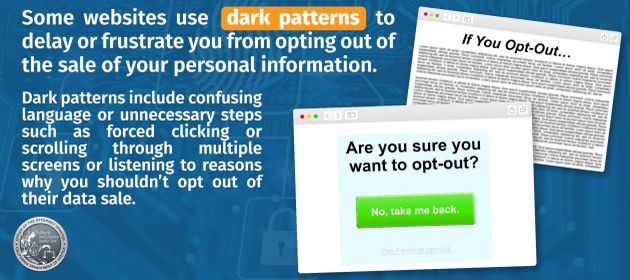We saw many best practices to escape Subscription Trap in Six Hacks To Escape Subscription Trap.
At the end of the post, we noted that none of them is guaranteed to work in 100% of the cases.
Well, then, what is?
Some people have told me that you can contact your bank to reverse unwanted subscription debits on our credit card.
That dissonates with my personal experience: Banks typically refuse to reverse these debits and tell you to sort it out with the product or service provider (“Merchant”).
It’s not only me.
In How A Massive Facebook Scam Siphoned Millions Of Dollars From Unsuspecting Boomers, BuzzFeed substantiates my experience:
Credit card companies also play a key role by largely refusing to grant charge-backs to people who have been roped into a subscription.
On second thoughts, this shouldn’t come as a surprise. After all, banks make money from Merchant Fees / Merchant Discount Rate, and they can collect these fees from the merchant only when the subscription is running. Ergo they have a vested interest in NOT letting the consumer cancel the subscription. In a perverse way, it serves banks’ interest to let merchants entrap consumers in subscription traps and pull out money month after month.
Consumer interest group OSPIRG recently reported that “Amazon Prime’s subscription model is a ‘roach motel,’ where getting in is almost effortless, but escape is an ordeal.” (Disclosure: I’ve been a Prime subscriber for years. I’ve never tried to cancel a Prime subscription. While I agree with OSPIRG about getting in, I can’t comment one way or the other about getting out.)
When the pioneer of Customer Experience and one of the most valuable companies on the planet allegedly uses dark patterns, I think consumers can’t rely on the reputation of merchants to save them from subscription traps.
Banks won’t discourage subscription traps. Merchants won’t stop laying subscription traps.
I recently felt regulation was perhaps the only way to end this deceptive practice.
+10. Ditto with WSJ sub (buy online, cancel by calling HK #). Even Amazon was under a cloud – not of AWS variety😂 – for making it difficult to cancel Prime sub. #SubscriptionTrap. Law definitely required.
— Ketharaman Swaminathan (@s_ketharaman) February 18, 2021
I’m happy to say that my call for regulation has been heard!
A spate of regulation has been announced in the last month to curb subscription trap.
India’s central bank-cum-banking regulator Reserve Bank of India stipulated new rules for e-mandates used in subscriptions. According to the draft rules issued by RBI for what I’ll call Subscription Management, the bank whose credit card (“Issuer Bank”) you used to sign up for a subscription must ping you 24 hours before each recurring payment is due. If you don’t wish to continue with the subscription, you can opt-out of the payment and your credit card will not be charged.
In the USA, laws in California (CCPA) and two other states require merchants that sell subscriptions online to also allow them to be cancelled online.
Recognizing correctly, as we already did in Part 1 of this three-part post, that dark pattern is an integral part of subscription trap, astute lawmakers in California have outlawed dark patterns on merchants’ websites (Source: Gizmodo). The State Attorney General Becerra recently went one step further and posted the definition of dark pattern publicly.
Then there’s behavior by a merchant I don’t know the reason for!
 Then: Buy subscription by sending an SMS. Spend 45 minutes on the Phone to cancel it.
Then: Buy subscription by sending an SMS. Spend 45 minutes on the Phone to cancel it.
Now: Cancel subscription with a Missed Call.
All of these regulations will protect consumer interest. As a fan of free markets, I find some of them a bit too heavy brush but, as a consumer, I like them all. Kudos to the respective regulators for enacting them.
In Part 1, I described subscription trap.
In Part 2, I outlined a few best practices to escape from subscription trap.
In this Part 3, I’ve given a heads-up on the regulation in the pipeline aimed to curb subscription trap.
In closing, let me answer the question in the title of this blog post thusly:
“Yes, regulation will eliminate subscription trap”.
